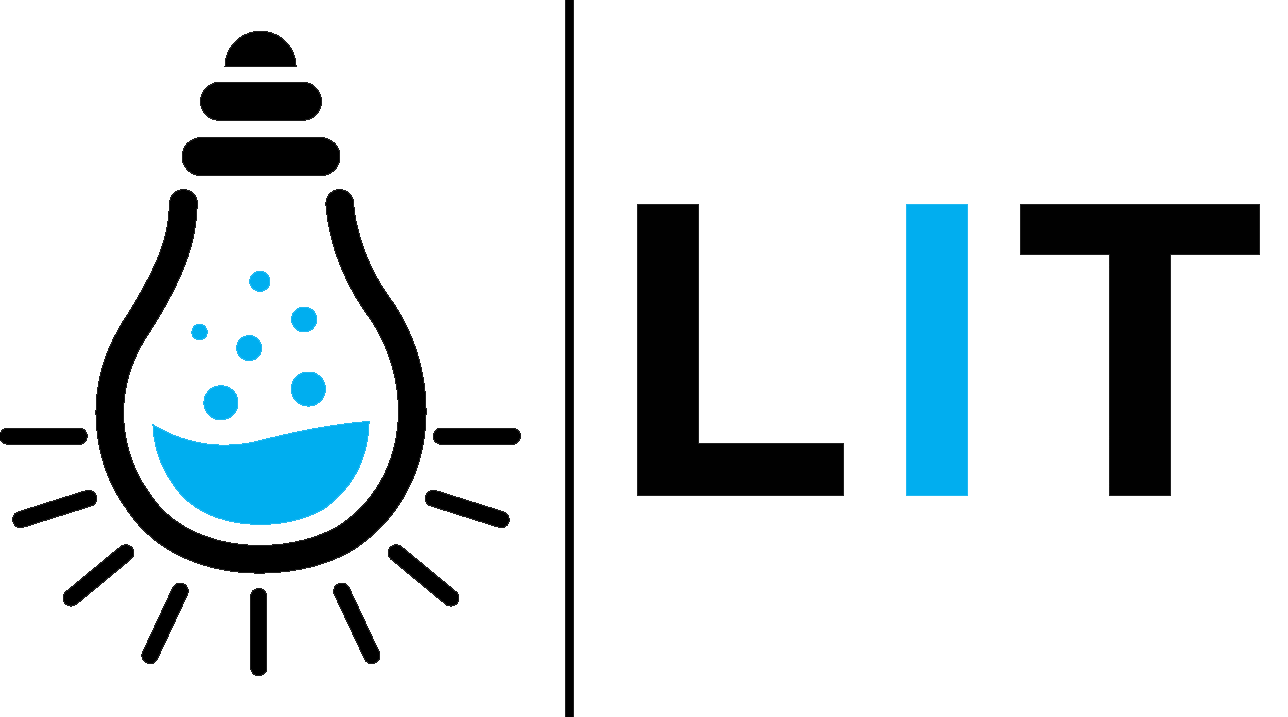On the left: two participants collaborating on a Physics problem. On the right: what one participant would see with the gaze awarness tool (i.e., the location of the gaze of his/her partner).
While collaboration betwen students has the potential to support transformative learning experiences, teams are not always more efficient than individuals: group members need to sustain mutual understanding, manage a smooth flow of communication, gather as many solution-relevant pieces of information as possible, reach a consensus, divide tasks equally, make sure to finish the current task within the time limit, treat each other with respect, and actively engage in finding a relevant solution to the problem at hand. With so many constraints, it should not be surprising that a good collaboration is difficult to establish and maintain. One promising approach in supporting group collaboration has emerged over the last decade: Researchers have begun to design awareness tools to support productive interactions among students. Awareness tools provide additional information to a group of students about their peers (e.g., their level of expertise, extraversion, or progression toward a goal). Multiple studies have found that awareness tools increase the quality of collaboration in small teams and support learning.
One type of awareness tool sthat we are currenlty investigating are gaze awareness tools. Using synchronized eye-trackers, we conjecture that new technologies can facilitate collaboration by supporting the establishment of joint visual attention. In a unique application of eye-tracking technologies, we propose that their use to inform a collaborator about their partner’s gaze during a collaborative learning situation by creating a new real-time perceptual data stream overlaid on the static representation of the learning resource that they each are studying. We go beyond prior research using eye tracking as a researcher methodology and representational medium for making scientific inferences about learners or collaborating learners, to use eye tracking in order to provide a new real-time information resource for learners to exploit for enhancing their own collaborative processes.
Team Members
Francisco Trujillo, Tracy Tan, Bertrand Schneider
Publications
N/A
